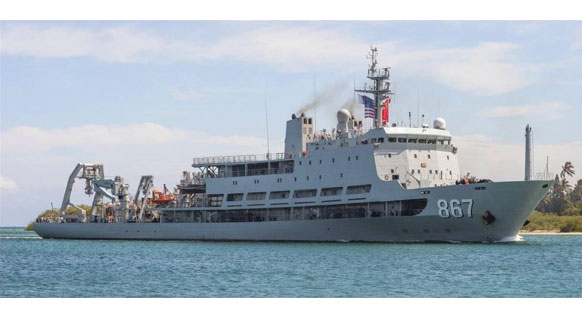Changdao 867 (Submarine Rescue Ship) – Ship of the Week Dec 8, 2017 | West Pacific Marine
The recent tragic loss of the Argentine submarine ARA San Juan with the death of 44 crew members has drawn into sharp focus the limited global resources to effect a submarine rescue. One such modern purpose built vessel is the Chinese Submarine Rescue Ship Changdao 867 operated by the Peoples Liberation Army Navy. Changdao 867 is officially classified as a Type 926 Submarine Support Ship, the latest of three similar vessels to be commissioned. Changdao 867 participated with five other Chinese warships in the Rim of the Pacific Naval Exercise (RIMPAC) in 2016 and during one exercise, the U.S. and Chinese navies collaborated on a practical submarine rescue off the coast of Hawaii. The name Changdao translates to Long Knife (or sword) and the lead picture above shows her entering Pearl Harbour.
Built by Guangzhou Shipyard International
Owned and operated by the Peoples Liberation Army Navy
Commissioned in 2014
Displacement 9,500 tons
Equipped with an LR-7 manned rescue vehicle.
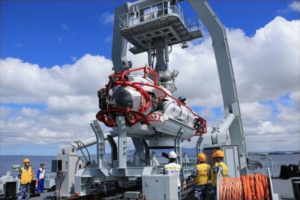
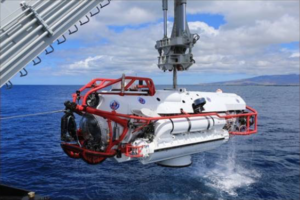
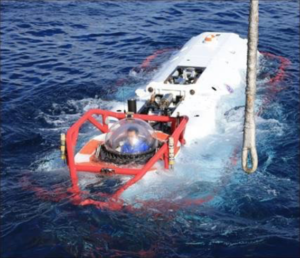
Above left and centre, the LR-7 battery powered manned submarine rescue vehicle being prepared for launch. Above right, the LR-7 which can operate at a depth of 300m continuously for up to four days, is seen partially submerged and prepared for action. The 7.3m long LR-7 is constructed by the British firm Perry Slingsby Systems and can evacuate up to 18 submariners on each dive.
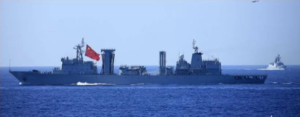
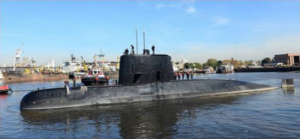
Also engaged in RIMPAC was the PLA Navy Type 903A “966” replenishment ship Gaoyouhu seen above left flying an unmistakable flag. During 11 days of RIMPAC 2016 exercises she refueled both American and Chinese warships. Twenty-six nations, more than 40 ships and submarines, more than 200 aircraft and 25,000 personnel participated in the exercises, from June 30 to Aug. 4, in and around the Hawaiian Islands and Southern California.
The submarine ARA San Juan (above right) was a TR-1700-class diesel-electric submarine built in West Germany and which initially entered service in 1985, thereafter undergoing a mid-life upgrade from 2008 to 2013. The search for her continued for two weeks and involved ships and aircraft of 18 nations before being called off on November 30 when it was concluded that there was no hope of survivors. The bid to locate the wreck of the submarine continues but her loss has proven to be highly controversial in Argentina.
The loss of ARA San Juan revived memories of the sinking of the Russian submarine Kursk in August 2000 in the Barents Sea with the loss of all 118 personnel on board. Ships in the area registered an initial explosion and a second, much larger, explosion two minutes later, powerful enough to register on seismographs as far away as Alaska. Initial confusion delayed search efforts and it was not until 16 hours later that the sunken submarine was located. For four days, the Russian Navy attempted a rescue operation but given the lack of specialized equipment, this proved unsuccessful. Finally, on the fifth day, President Putin instructed the navy to accept British and Norwegian offers of assistance and seven days the explosions Norwegian divers finally opened an escape hatch, hoping to locate survivors, but found it flooded. The cause of the explosions which sank the Kursk was concluded as lying with a faulty weld in a practice torpedo. As with all such incidents, there followed a radical review of procedures to prevent a recurrence.

